Vin rouge du Portugal du Sud
À savoir
Over half of the world's supply of cork is grown in Portugal.
With its bulk wine production, the region of Estremadura produces more wine than any other region in Portugal.
The region of Estremadura is known locally as Oeste, which means West.
The soil in much of Southern Portugal is alluvial, which is very fertile and perfect for getting lots of fruit.
Traditional wine in the Alentejo region is aged in clay pots.
A large portion of the wine in Southern Portugal is made in cooperatives that make wine for many producers at the same time.
Quel est le goût de ce style ?
Selon 415 044 articles sur 4 912 vins
Léger
Puissant
Doux
Acide
Souple
Tannique
Sec
Moelleux

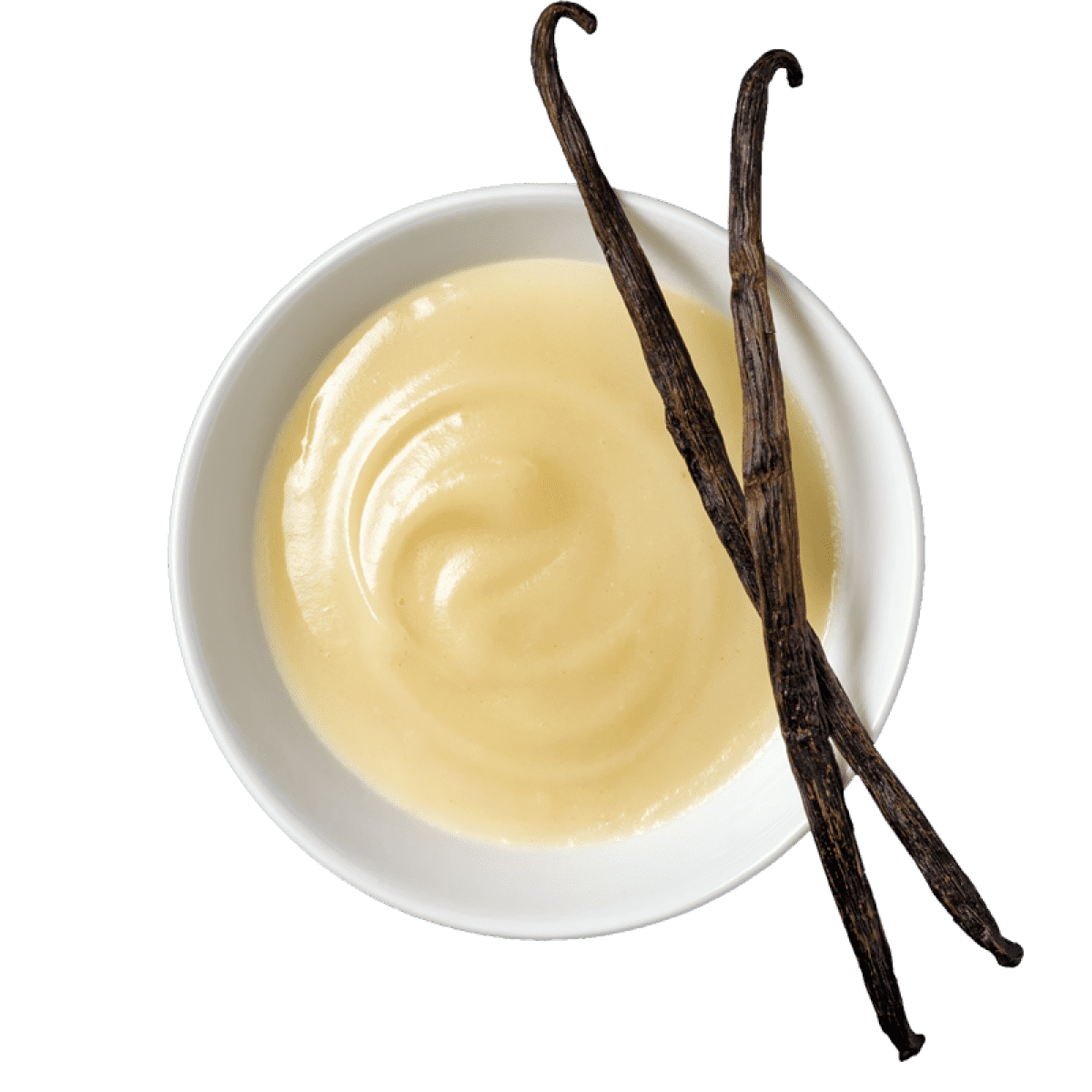

- chêne
- vanille
- chocolat
- tabac
- chocolat noir
- café
- cèdre
- clou de girofle
- caramel
- beurre
- mélange d'épices pour pâtisserie
- moka
0 mentions de notes boisé
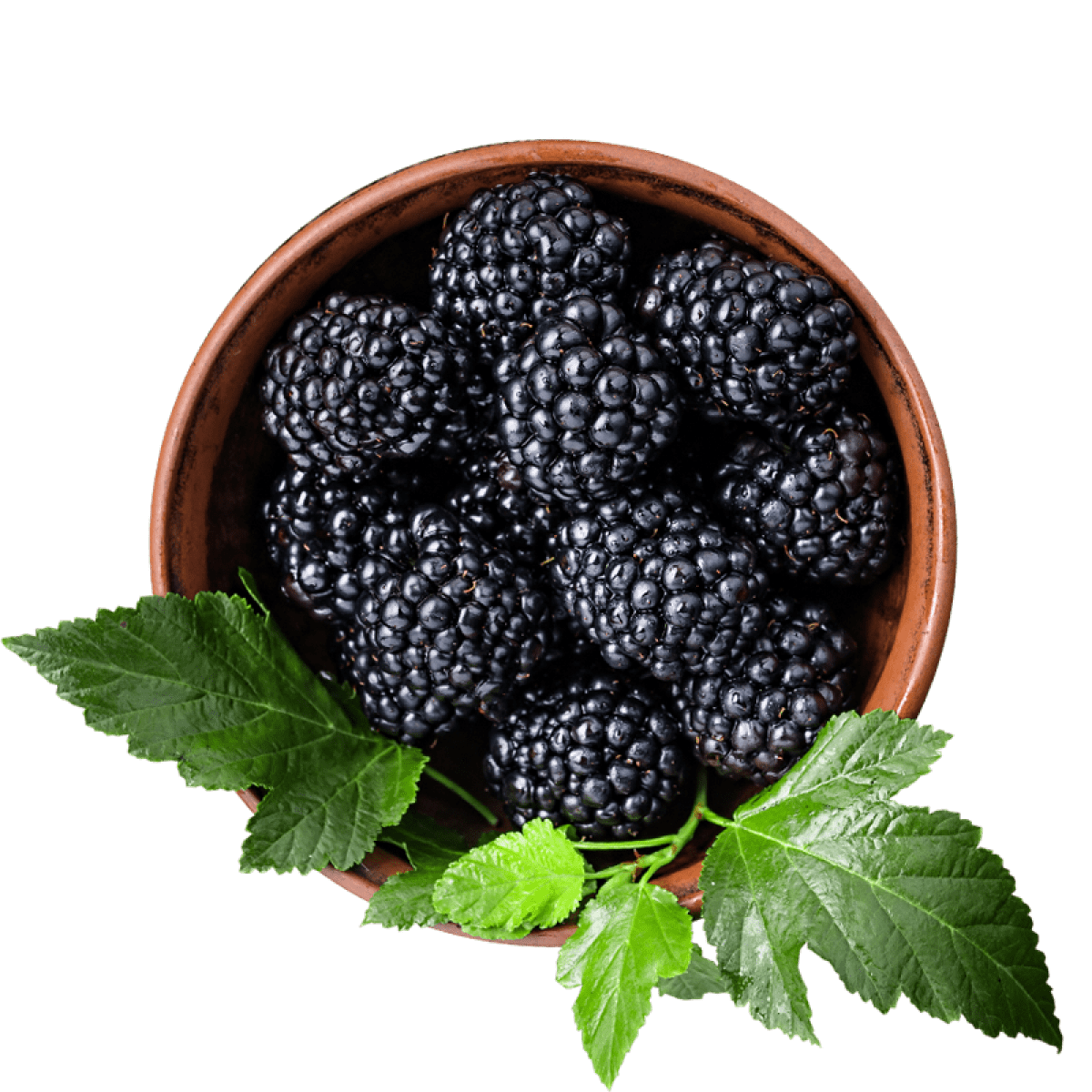
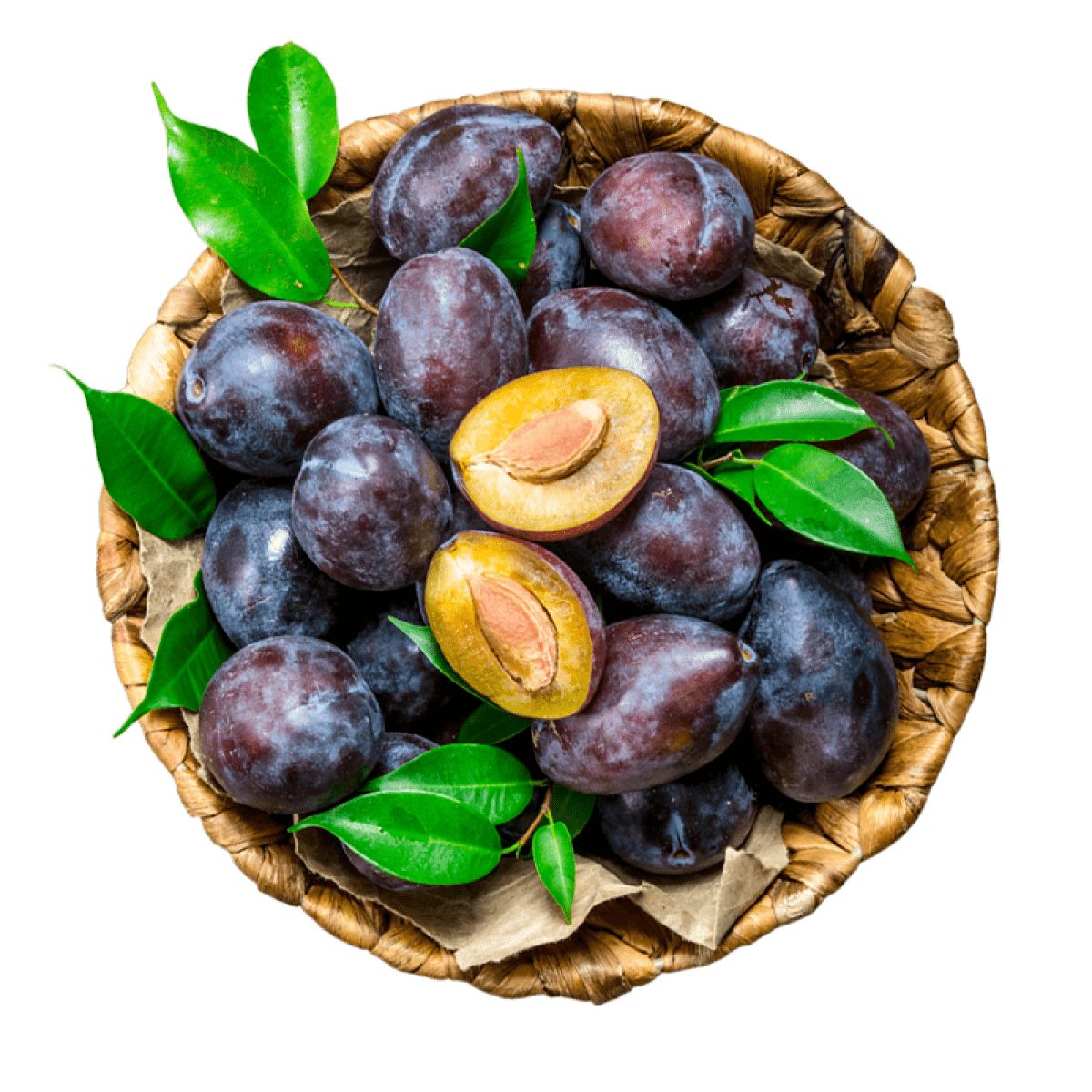
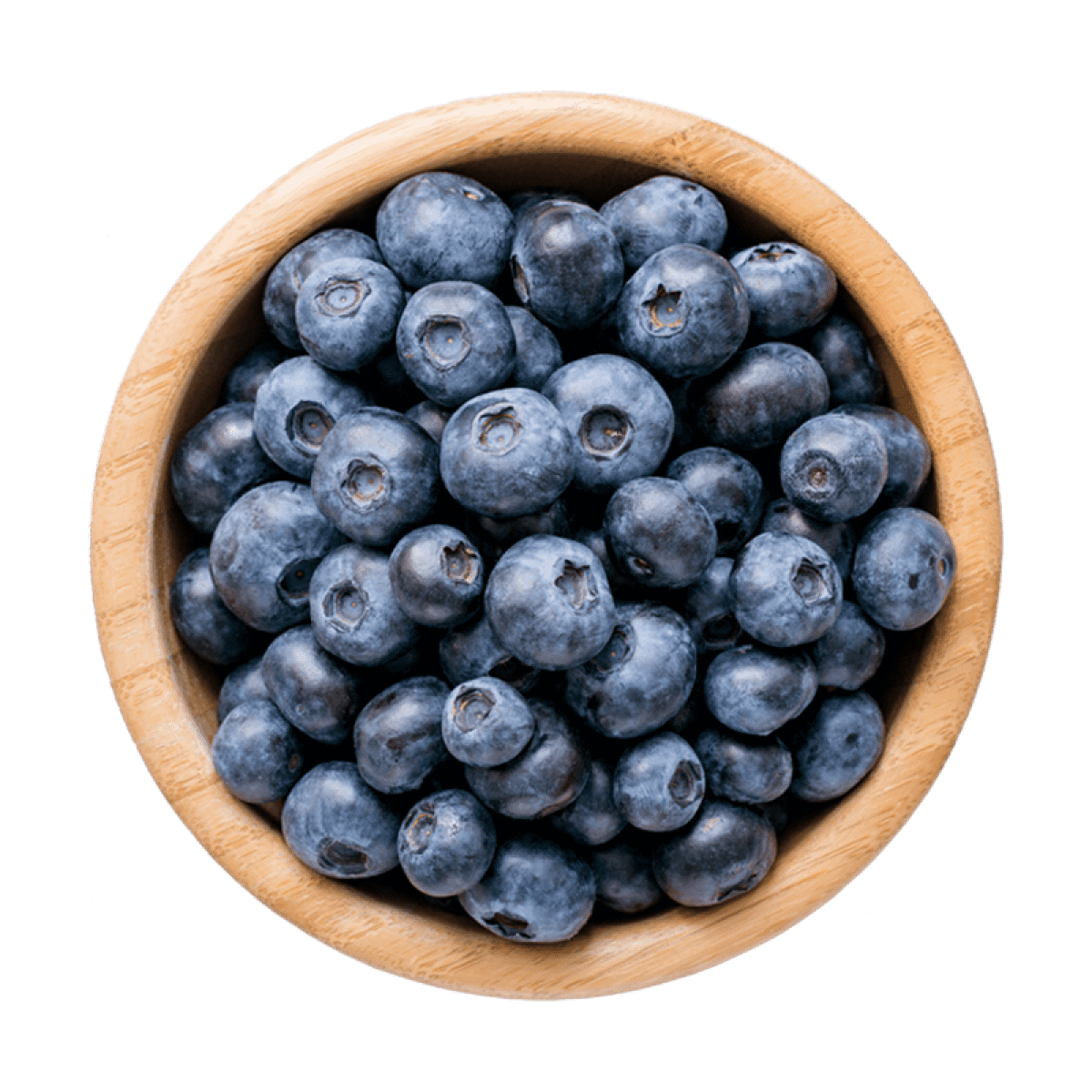
- mûre
- prune
- fruit noir
- fruit noir
- cassis
- myrtille
- cerise noire
- confiture
- cassis
- mûre sauvage
- prune noire
- fruit du mûrier
0 mentions de notes fruit noir
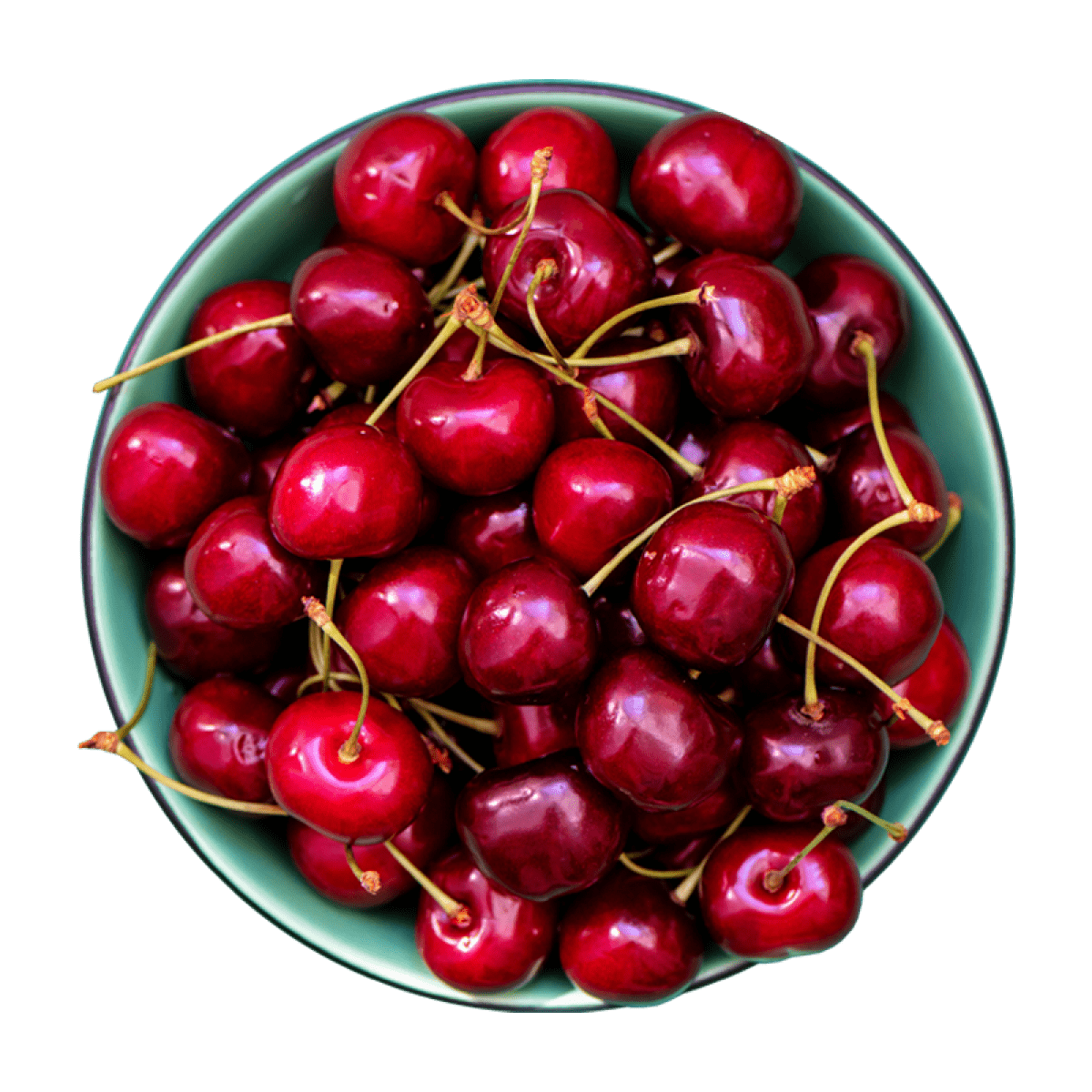


- cerise
- fruit rouge
- framboise
- fraise
- canneberge
- cerise rouge
- groseille
- cerise acidulée
- grenade
- prune rouge
- fraise mûre
- cerise Bing
0 mentions de notes fruit rouge
Familiarisez-vous avec ce style
Just like in the north, the red wines of Southern Portugal are experiencing a Renaissance right now. These wines are typically fruity and easy to enjoy.
The regions of Alentejo and Ribatejo are leading the charge making delicious wine that anyone can enjoy.
While Northern Portugal is making amazing wines in small quantities, Southern Portugal is producing delicious, easy-drinking red wines in large quantities.
The region of Alentejo is on the forefront of this movement. The sprawling farms have allowed them to make soft, delicious wines from local grape varieties.
The region of Ribatejo is also making approachable, fun wines, but they use French grapes much more than Alentejo. Cabernet Sauvignon, Syrah, and Merlot are often found along with local grapes. White grapes are still more common in the area, but there is so much potential in the red wines.